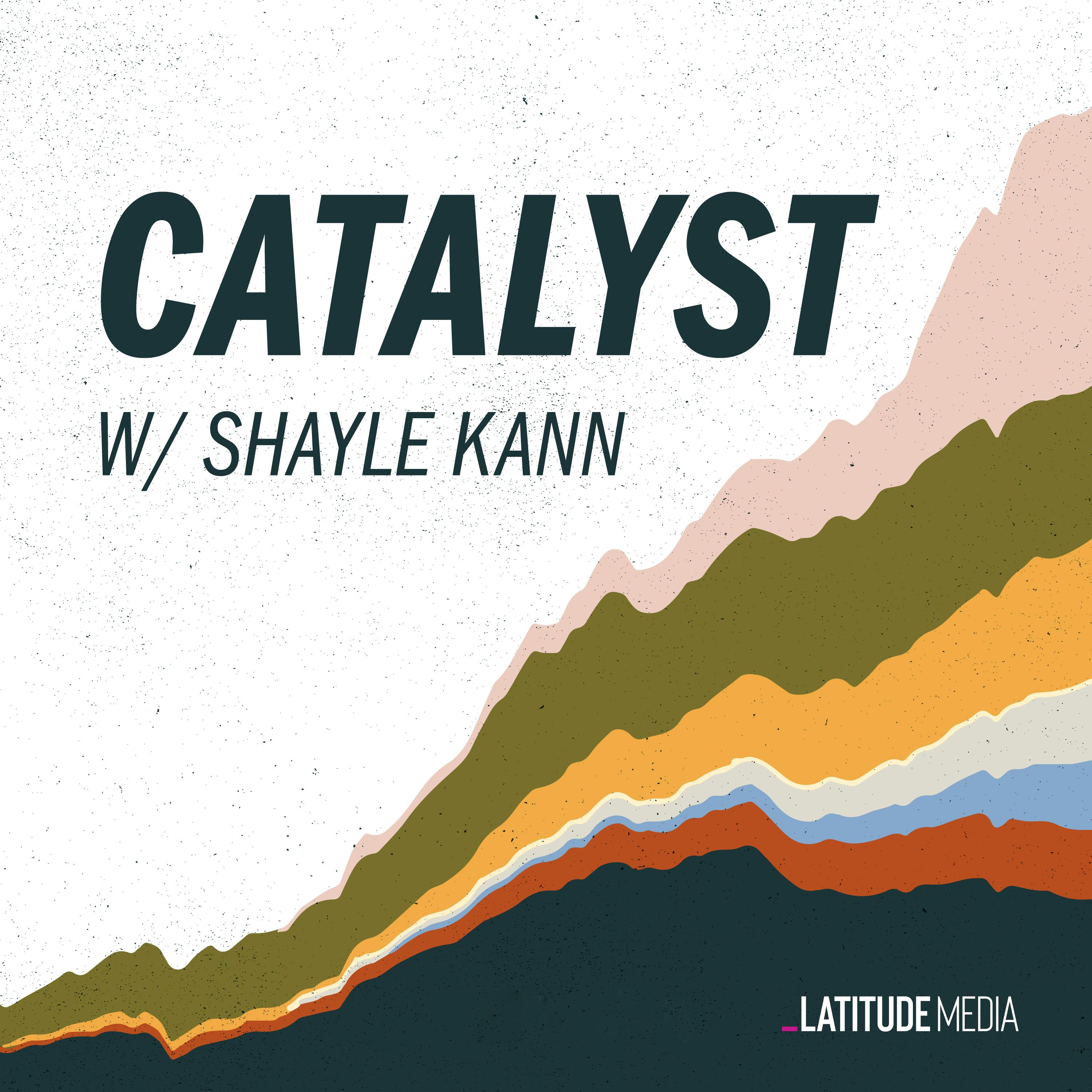Hunting for geologic hydrogen
Description
Hydrogen has two big problems: cost and supply. As a low-carbon feedstock, it could decarbonize planes, industry, and power plants. It could even replace the oil in plastics and chemicals.
But the leading contenders for low-carbon hydrogen production — like using zero-carbon power for electrolysis and methane pyrolysis — just haven’t cut it yet. So far, the price points are too high and the scale of production is too low to spur a hydrogen revolution.
But instead of synthesizing hydrogen, what if we pumped naturally-occurring hydrogen reservoirs out of the ground, just like we drill for oil and natural gas?
In this episode, Shayle talks about geologic hydrogen with Pete Johnson, CEO of Koloma. Early estimates suggest vast quantities of the gas could be tapped for far cheaper than other production methods. That is, if some major challenges are solved, like finding economically viable reserves, managing leakage, and building infrastructure. In these early days, those are all big ifs.
A handful of startups are exploring geologic hydrogen, and Koloma, which has raised $300 million, is the most prominent in the space. (Shayle invests in Koloma and serves on its board. Prelude Ventures, which led Latitude Media’s fundraising round, also invests in Koloma.) Shayle and Pete cover topics like:
The key factors that lead to reservoirs of geologic hydrogen, like water, iron-rich rock, traps, and seals
Why geologic hydrogen could become the cheapest form of hydrogen, if found in large, economically viable reservoirs
The greenhouse gas impact of hydrogen, which interferes with the breakdown of methane in the atmosphere
Why Pete thinks that economically viable wells will attract new infrastructure, like clean ammonia plants, the way Houston attracted oil infrastructure
Stimulating geologic hydrogen production by injecting water into rock
What sort of watershed moment would prove the viability of geologic hydrogen
Recommended resources
Latitude Media: Should we be paying more attention to geologic hydrogen?
US Geological Survey: The Potential for Geologic Hydrogen for Next Generation Energy
Catalyst is brought to you by Anza Renewables, a data, technology, and services platform for solar and storage buyers. Anza’s real-time market intel equips buyers with the essential data they need to get the best deals. Download Anza’s free Q2 Module Pricing Insights Report at go.anzarenewables.com/latitude
Catalyst is brought to you by Kraken, the advanced operating system for energy. Kraken is helping utilities offer excellent customer service and develop innovative products and tariffs through the connection and optimization of smart home energy assets. Already licensed by major players across the globe, including Origin Energy, E.ON, and EDF, Kraken can help you create a smarter, greener grid. Visit kraken.tech.
Catalyst is brought to you by Antenna Group, the global leader in integrated marketing, public relations, creative, and public affairs for energy and climate brands. If you're a startup, investor, or enterprise that's trying to make a name for yourself, Antenna Group's team of industry insiders is ready to help tell your story and accelerate your growth engine. Learn more at antennagroup.com.
More Episodes
Shayle and his team at Energy Impact Partners (EIP) review a lot of climate-tech pitches. The best kind of pitch uses a solid techno-economic analysis (TEA) to model how a technology would compete in the real world. In a previous episode, we covered some of the ways startups get TEAs wrong — bad...
Published 11/21/24
Oh, the heat pump — a climate tech darling that still hasn’t hit the big time yet. One challenge for heat pumps is that the customer experience can be difficult, involving a complex installation process, poor installation jobs, and even technicians that don’t want to sell you one.
What’s it going...
Published 11/14/24
Published 11/14/24


